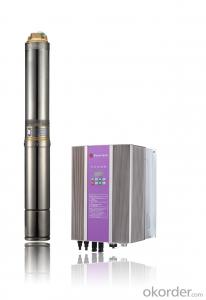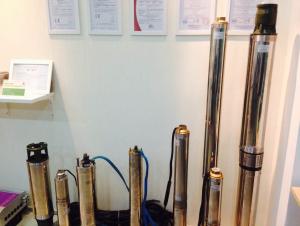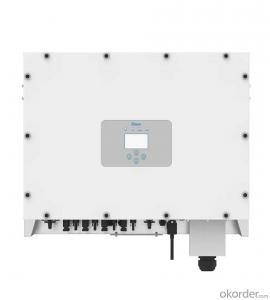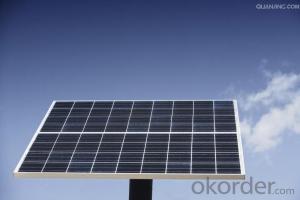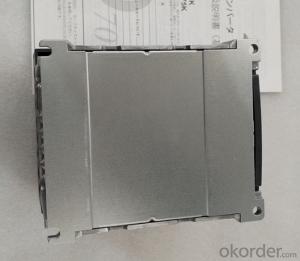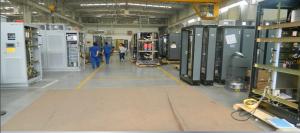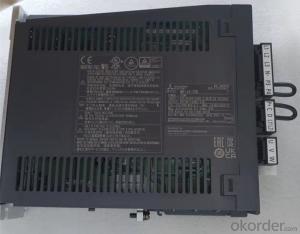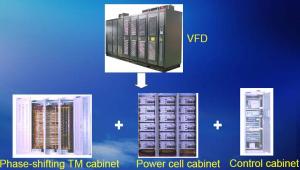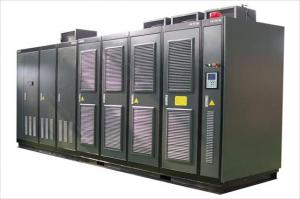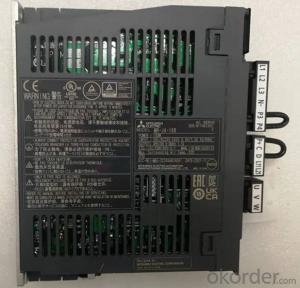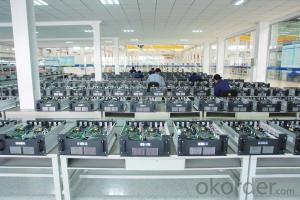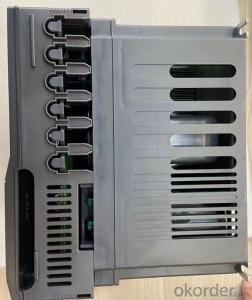Ae Solar Inverter
Ae Solar Inverter Related Searches
Ac Inverter Solar Ge Solar Inverter Solar Ac Inverter Advanced Energy Solar Inverter Solar Power Ac Inverter Solar Electric Inverter Aeg Inverter Solar Aeg Solar Inverter Ti Solar Inverter Ac Solar Pump Inverter Solar Energy Inverter Aps Solar Inverter Solar Inverter In Uae Solar Solar Inverter Solar And Ac Inverter Inverter For Solar Solar Inverter Ac Ac Inverter Solar Panel Ags Solar Inverter Solar Abb Inverter Solar Energy Power Inverter Ac Inverter For Solar Panels East Solar Inverter Inverter In Solar Inverter Ac Solar System Afore Solar Inverter Deye Solar Inverter Abb Solar Inverter Solar Based Inverter Alpha Solar InverterAe Solar Inverter Supplier & Manufacturer from China
Ae Solar Inverter is a range of high-quality solar power inverters designed to convert the energy generated by solar panels into usable electricity for residential, commercial, and industrial applications. These inverters are engineered with advanced technology to ensure maximum efficiency and reliability, making them a popular choice among solar energy enthusiasts and professionals alike. The Ae Solar Inverter products are known for their robust performance, user-friendly interface, and long-lasting durability, catering to various power needs and ensuring seamless integration with solar panel systems.The Ae Solar Inverter finds its application in a multitude of scenarios, from small-scale residential setups to large-scale commercial and industrial installations. These inverters are versatile and can be used in both on-grid and off-grid systems, providing a reliable source of power during grid outages or in remote locations without access to traditional power grids. They are also compatible with various types of solar panels, making them a flexible choice for a wide range of solar energy projects. The Ae Solar Inverter's ability to handle different power outputs and voltage levels further enhances its usability in diverse settings.
Okorder.com is a leading wholesale supplier of Ae Solar Inverter products, boasting a large inventory that caters to the needs of various customers. With a strong commitment to quality and customer satisfaction, Okorder.com ensures that each Ae Solar Inverter is thoroughly tested and inspected before being shipped to customers worldwide. This comprehensive approach to quality control, coupled with competitive pricing and efficient shipping, makes Okorder.com the go-to destination for those seeking reliable Ae Solar Inverter products for their solar energy projects.
Hot Products











